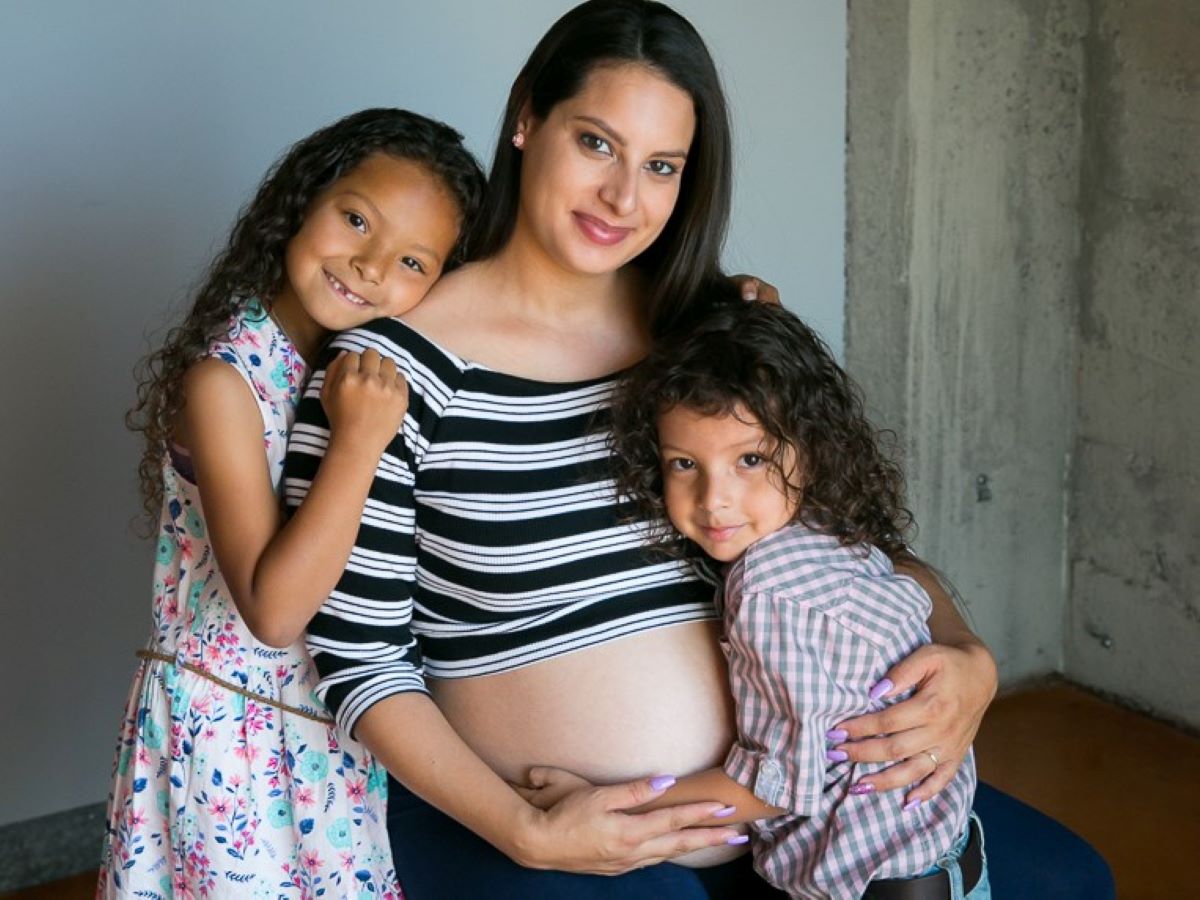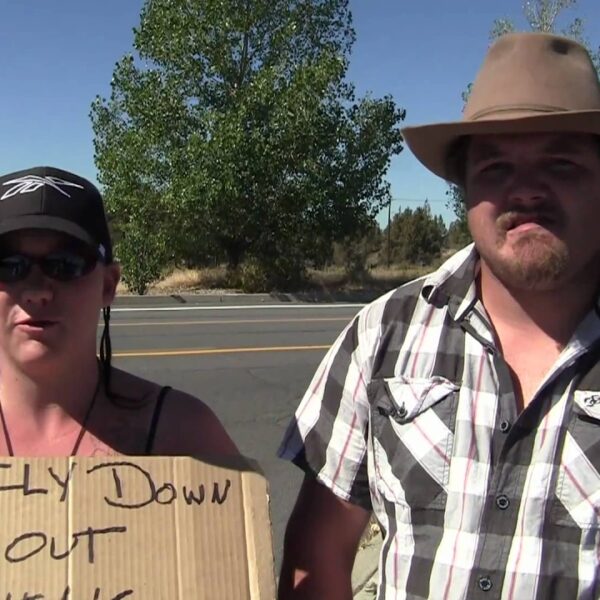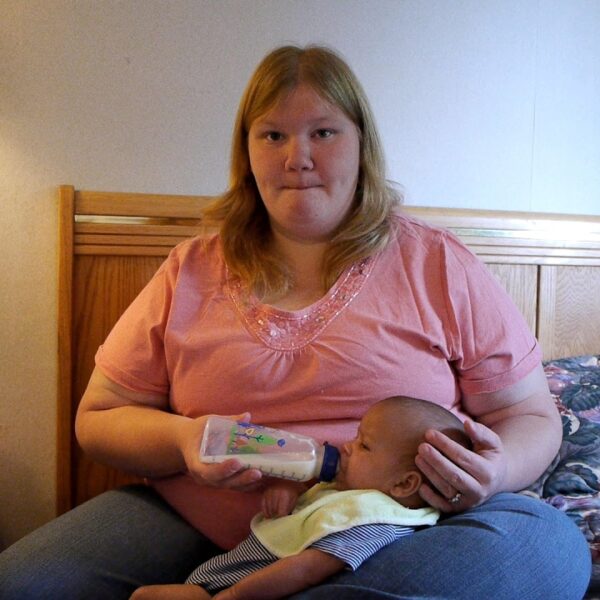My mother had a great deal of trouble with me, but I think she enjoyed it.
~Mark Twain, clearly enjoying childhood memories
Ah, the joys and complexities of raising children! Perhaps we can understand where Mr. Twain was coming from. Many would agree that parenting is simultaneously the most challenging and most rewarding endeavor any person can undertake. And because the prospect of raising children is an exceedingly daunting task, having one’s ducks in a row ahead of time is increasingly essential. Little wonder then that the average childbearing age is increasing across much of the western world.
Homeless parenting tells a different story. Few parents plan to be homemakers in the absence of one. How far-reaching is family homelessness? What unique challenges does raising children on the streets present? What resources are in place to help homeless parents?
The Slippery Slope of Family Homelessness
According to the United States Interagency Council on Homelessness, homeless families make up one third of all homelessness. As of 2017, 58,000 family households (184,661 individual people, including 109,719 children) across the US are living on the streets or in shelters.
Women represent more than 75% of homeless parents. Regarding racial demographics, the breakdown finds that three quarters of homeless family members identify as non-white.
Predisposing factors to family homelessness are diverse. For most families, a shortage of affordable rental housing is the major contributing factor. Renters who pay more than half of their income for rent and do not receive government housing assistance places them on a slippery slope. And this number is increasing. Ones who qualify for the dubious distinction of having worst-case housing needs are at the greatest risk of losing whatever housing they may have initially been able to secure.
The presence of children represents the ironic elephant in the affordable-family-housing room. How? The report explains families with children are more likely to face challenges paying rent. They are also more likely to be threatened with eviction, compared to households without children. [Significantly, black families were 200% more likely to be evicted than their white counterparts.]
Higher household expenses, difficulty sourcing out affordable childcare options, lease violations and noise complaints paint a devastating picture of the dangers of renting-while-parenting. Moving is the worst in the best of circumstances. But when relocating after eviction, the associated costs and lack of positive references from past landlords often result in moving into subpar housing presenting its own challenges.
Domestic Violence
Family violence rounds out the major contributing factors resulting in family homelessness. Domestic violence creates vulnerability to homelessness. This impact is seen predominantly for women and children, particularly for those who have very limited economic resources and don’t have access to safe housing and networks of social support. Out of the frying pan into the fire is the sad state for many victims of domestic violence.
With no place to go, many mothers head to the street. How do the numbers reflect this? A startling 80% of homeless mothers have been victims of domestic violence.
What Parents Say
Alva, a 36-year-old mother, currently lives in two tiny rooms with her three preteen children. The rooms are covered in cardboard boxes and plastic bags. Thin yellow foam mats line the floor and are the closest things they’ve had to beds in months. Their lives fit into these boxes. “It’s not worth unpacking everything.” Having lost their home last year, they have lived in temporary accommodations ever since. Right now, they live in a retirement home.
Alva’s husband had apparently been three months behind on rent payment. She discovered this when the family received an immediate eviction order. “The authorities, the state, no one helps you. You have to take care of yourself.”
Ten-year-old Mira, Alva’s eldest, complains of hunger as they walk past a bakery. “You already had a sandwich and a plum. You won’t starve.” With $1 in her purse, she will later meet a friend who occasionally lends her money. “I always pay her back quickly.”
Cierra and Tony are raising their family of four in a 135-bed Baltimore shelter, a converted schoolhouse in a rough part of town.
“I’m mad that I woke up here,” says Cierra. They lost their home some months back. “If it was just me, I’d brave the streets. But the shelter is best for the kids.”
Breakfast in the cafeteria sees the family sitting with dozens of others, crying, singing, laughing. Food notwithstanding, it’s a challenging way to start the day. “I had a pretty nasty morning. This morning is pretty f***ish.”
Although the shelter provides a roof over their heads, there are no luxuries here. Ma’lia, Cierra’s oldest daughter, says, “Mommy, I want an ice cream.” Cierra responds, “I can’t give it to you.” It makes a person “look like a bad parent when your child is sitting asking for food. I don’t want to be a bad parent.”
Crippled by razor tight budgets with little hope of finding permanent housing, families living in shelters set modest goals. Kim, a PACT worker at the shelters, offers this: “This isn’t about perfect parenting. We just have to be good enough.”
One wonders if Mark Twain’s mother would have enjoyed these challenges.
Resources on the Rise
The fact that several organizations exist for the express purpose of helping homeless families reveals an encouraging trend. The spotlight on family homelessness is becoming increasingly difficult to ignore and people are eager to sympathize and help the plight.
Let’s focus on San Francisco for a moment. Homeless Prenatal Program is a family resource center based in SF. Their mission statement identifies three goals:
- Ensuring parents give birth to healthy babies
- Give parents the requisite skill set to support their children’s success and development
- Transition families toward stable housing and economic self-sufficiency
To that end, HPP has helped over 2,000 families obtain permanent housing since July 2006.
Keri Vaca, (the photographer behind the header image), teamed up with the HPP to take maternity photos for homeless expecting mothers. Her focus on attending to the emotional needs of pregnant women, regardless of their economic positioning, is refreshing. It allows expectant mothers to view themselves in a different light.
“I want every mom to see themselves as beautiful while they are pregnant.”
And Vaca hopes her work with HPP and homeless mothers does even more.
“If we stopped to look at each person as an individual, not a stereotype, with compassion, not with judgement, I feel our world could be different.”













